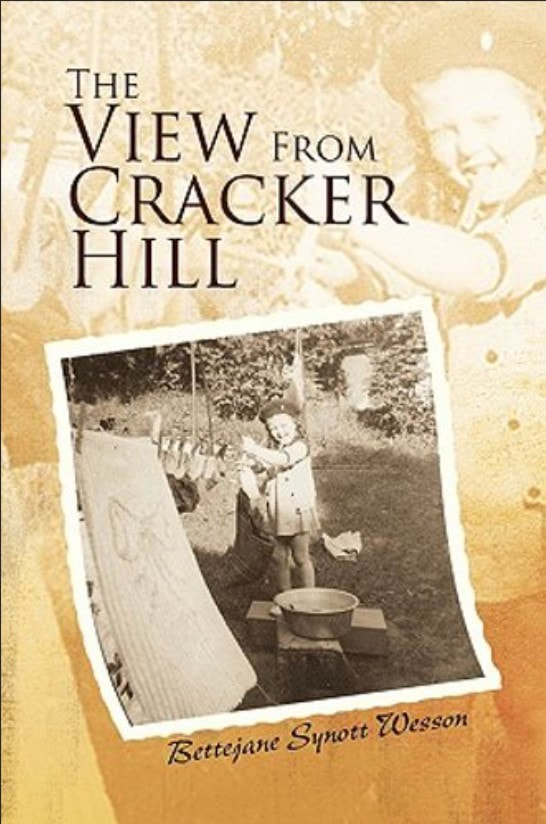About the Cracker Hill Neighborhood
|
Expanded History and Significance of the Cracker Hill Neighborhood
Overview and Boundaries Cracker Hill is a historically significant area within Waterbury, Connecticut, traditionally encompassing the neighborhoods of Highland Park, Cottage Park, Overlook, and Columbia Heights2. It should not be confused with the Town of Prospect, which was once a part of Waterbury known as Columbia. The area’s boundaries have shifted over time, but it is generally associated with the elevated, vista-rich terrain north of downtown, particularly around Columbia Boulevard and the Overlook Historic District. Origins and Early Development The first documented use of the name "Cracker Hill" dates back to around 1931. The neighborhood developed as part of Waterbury’s expansion in the late 19th and early 20th centuries, when the city’s elite—especially executives from the brass industry—built substantial homes on the hill. The area was considered desirable for its views and proximity to the city center, and its development was marked by a mix of architectural styles, including Colonial Revival, Queen Anne, and Tudor Revival. Geographic Features and Streets Cracker Hill’s core is centered around Columbia Boulevard, with its boundaries roughly defined by Calumet Street to the north, Columbia Avenue to the east, Cables Avenue and Tower Road to the south, and Willow and Fisk Streets to the west. Streets such as North Willow Street, which began at West Main Street and ended at Columbia Boulevard, played a key role in the area’s layout. The neighborhood may have included adjacent areas like The Pines and Norwood Heights, reflecting the fluidity of local definitions over time. Cultural Identity and Name Origins The origin of the name "Cracker Hill" is debated. One theory suggests it was a satirical reference to the affluent white residents—“the crackers on the hill”—who could afford the area’s expensive homes, possibly alluding to the Southern term “cracker” for poor white farmers, or to the whip-cracking overseers of the antebellum South. Another interpretation is that the name mocked the wealthy, implying that after buying their grand homes, they could only afford crackers to eat. The term “cracker box” has also been used elsewhere to describe modest or poorly built houses, though in Waterbury, Cracker Hill was known for its substantial, well-crafted homes. Historical and Social Significance Cracker Hill was home to many of Waterbury’s business leaders, particularly those associated with the city’s brass industry. The area’s social prominence is reflected in the presence of community clubs and sports teams, such as the Cracker Hills basketball and baseball teams, which were active from the 1930s onward. Notably, the neighborhood was the childhood home of acclaimed actress Rosalind Russell, whose family lived in a 13-room Victorian house on Cracker Hill. Author and advocate Bettejane Synott Wesson also chronicled her experiences growing up in the neighborhood, further cementing its place in Waterbury’s cultural memory. Architectural and Environmental Features The Overlook Historic District, which overlaps with Cracker Hill, is recognized for its well-preserved residential architecture and planned layout, a rarity in Waterbury’s urban fabric11. Houses are typically set on large, landscaped lots, and the area is noted for its tree-lined streets and uniform setbacks. The district includes nearly 500 historic buildings, primarily residences, with a handful of institutional structures such as churches and schools. The western edge of Cracker Hill was once bordered by the Manahan (or Mahan/Manhattan) River, a waterway that paralleled the New York and New England Railroad lines and was historically much larger than the Naugatuck River, though it has since been diminished by development. Community Life and Legacy Despite its residential character and lack of public parks, Cracker Hill fostered a strong sense of community, with active neighborhood associations such as the Historic Overlook Community Club continuing to represent local interests8. The area’s identity remains intact, even as it is now more commonly referred to as part of the Overlook or Historic Overlook neighborhoods. Cracker Hill’s legacy is preserved in local memory and media, with references in newspapers, books, and photographs—such as those published by the Waterbury Observer—highlighting its ongoing significance. The neighborhood stands as a testament to Waterbury’s industrial prosperity, architectural heritage, and evolving social landscape. |




